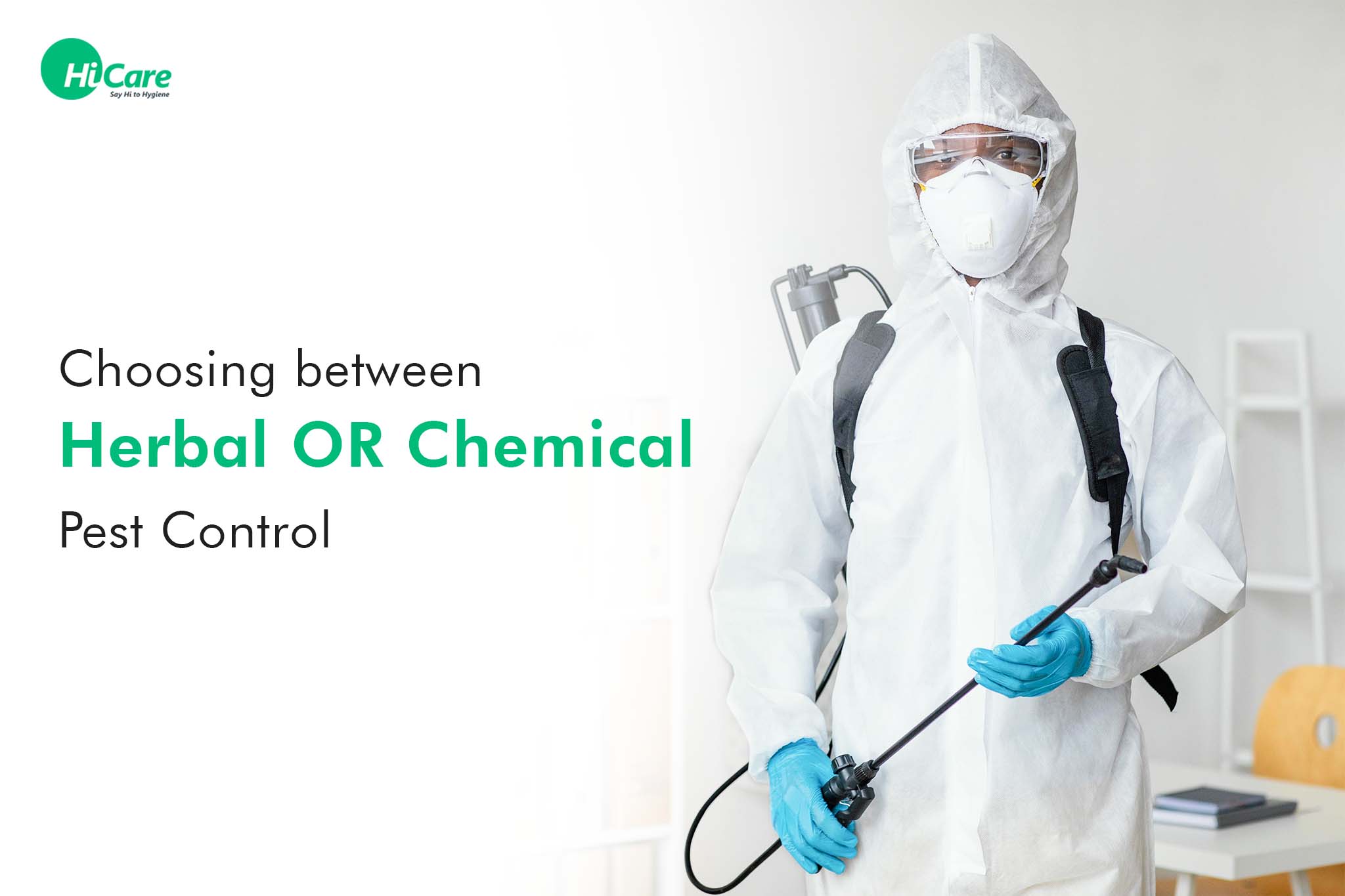A1 Charlotte Pest Control Companies - Your Local Pest Professionals
A1 Charlotte Pest Control Companies - Your Local Pest Professionals
Blog Article
Bed Insect Treatment Breakdown: Contrasting Chemical Vs. Non-Chemical Solutions
In the world of bug control, specifically when dealing with the consistent problem of bed bugs, the selection between chemical and non-chemical treatment solutions can be a crucial one. Both techniques use distinctive advantages and disadvantages, influencing variables such as efficiency, safety considerations, and overall price. By examining the nuanced details of each approach, a clearer understanding of which course to pursue in resolving a bed pest problem can be obtained.
Performance of Chemical Therapies
Chemical therapies for bed bug invasions have been widely identified for their powerful and quick effectiveness in removing these parasites. When thinking about the effectiveness of chemical therapies, it is crucial to comprehend that they can provide a fast and complete option to a bed bug problem.
Furthermore, chemical therapies have the benefit of using residual impacts, indicating that they can remain to get rid of bed bugs even after the preliminary application. This residual action is particularly advantageous in combating any kind of potential re-infestations. Furthermore, the rapid action of chemical treatments can bring relief to people encountering serious bed pest problems, allowing them to reclaim control of their home swiftly.
Safety Worry About Chemical Solutions
One important facet that requires cautious factor to consider when making use of chemical solutions for bed pest treatment is making certain the security of occupants and the setting. Exposure to specific chemicals utilized in bed bug treatments can lead to breathing concerns, skin inflammation, or various other unfavorable reactions, especially in people with pre-existing problems or level of sensitivities.
In addition, the ecological effect of chemical options is one more substantial factor to consider. Some pesticides used in bed insect treatments might be dangerous to beneficial bugs, wildlife, and environments if they seep into the dirt or water systems. It is vital to make use of chemical therapies judiciously, following security guidelines, and considering much less poisonous alternatives to mitigate these dangers and ensure the effective and secure monitoring of bed bug infestations.
Benefits of Non-Chemical Methods
Taking into consideration the prospective security problems and ecological impact connected with chemical remedies for bed bug therapy, checking out non-chemical approaches presents a promising choice with a number of unique benefits. Non-chemical techniques provide a much safer choice for homes, specifically those with people, pet dogs, or kids sensitive to rough chemicals. These techniques get rid of the threats of direct exposure to toxic materials, decreasing the capacity for negative health and wellness effects. Additionally, non-chemical therapies are environmentally pleasant, as they do not contribute to air or water air pollution, making them a sustainable option for pest control.
Furthermore, non-chemical options can be effective in targeting bed bugs, consisting of hard-to-reach locations where chemical treatments might not penetrate - A1 exterminators charlotte nc. Approaches such as warm treatment, vacuuming, vapor cleansing, and mattress encasements supply comprehensive eradication without the go right here usage of hazardous chemicals.
Limitations of Non-Chemical Treatments

In addition, non-chemical therapies commonly call for several applications to attain successful removal. This can be lengthy and may not constantly guarantee full removal of all bed pests and their eggs, specifically in concealed or hard-to-reach locations.
Furthermore, the success of non-chemical therapies heavily counts on correct implementation and thoroughness, which can be challenging for people without expert experience. Insufficient application of non-chemical methods may lead to insufficient removal, bring about relentless problems and the need for additional treatments.
Consequently, while non-chemical therapies have their advantages, it is crucial to acknowledge these limitations and consider them when identifying one of the most efficient strategy for handling bed bug problems.
Expense Comparison: Chemical Vs. Non-Chemical Options
Given the constraints connected with non-chemical therapies, a vital aspect to evaluate in the context of bed pest monitoring is the price contrast in between chemical and non-chemical choices. Chemical treatments usually entail the application of pesticides by specialists, which can vary from $250 to $900 per space, relying on the seriousness of the problem and the size of the location to be treated. In contrast, non-chemical therapies like warm treatment or vapor can be much more costly, with expenses ranging from $1,000 to $6,000 for an entire home. While the initial expense of chemical treatments might seem lower, numerous therapies might be required to fully eliminate the invasion, possibly increasing the total expense. On the various other hand, non-chemical options may provide a much more eco-friendly and sustainable service, although they can be cost-prohibitive for some individuals. Ultimately, when thinking about the expense use this link of bed bug treatment alternatives, website link it is essential to evaluate the ahead of time expenses against the efficiency and lasting sustainability of the selected approach.
Conclusion

Considering the prospective safety and security issues and ecological influence connected with chemical options for bed pest therapy, exploring non-chemical techniques offers an encouraging choice with a number of distinctive benefits.Given the restrictions associated with non-chemical treatments, an essential facet to assess in the context of bed pest administration is the expense contrast in between chemical and non-chemical options. In comparison, non-chemical therapies like heat therapy or steam can be extra pricey, with prices varying from $1,000 to $6,000 for an entire home. While the preliminary expense of chemical treatments may seem reduced, several therapies may be called for to totally eliminate the invasion, potentially raising the general price.In final thought, when contrasting chemical and non-chemical bed pest therapy options, it is vital to take into consideration effectiveness, safety, advantages, restrictions, and expense.
Report this page